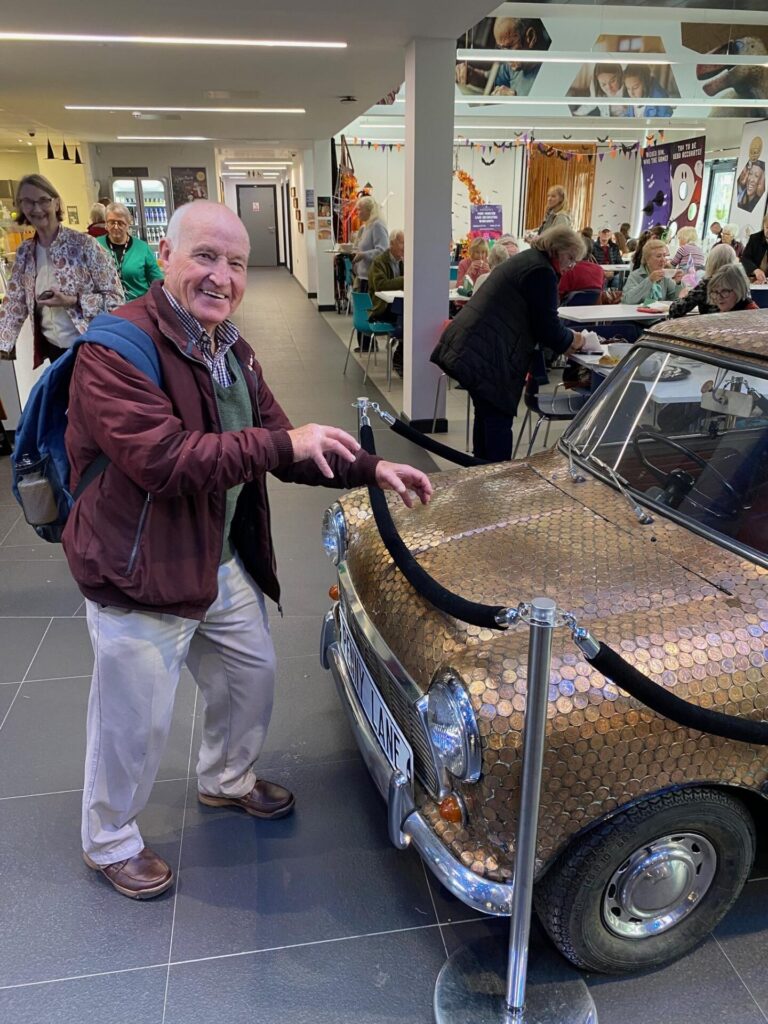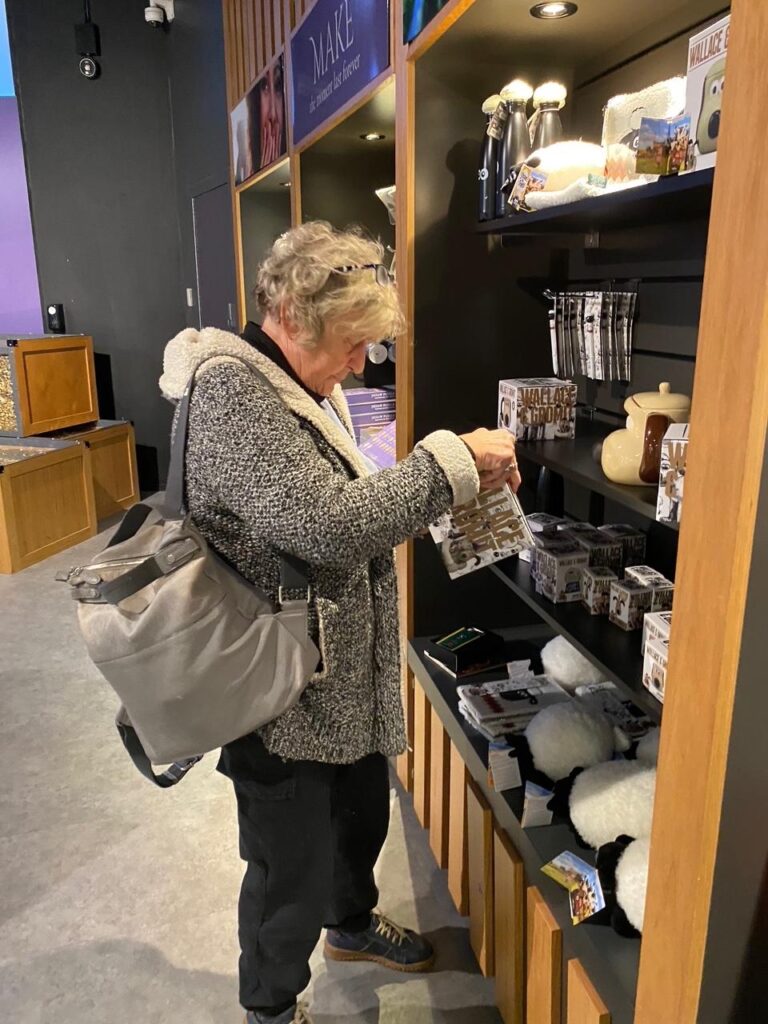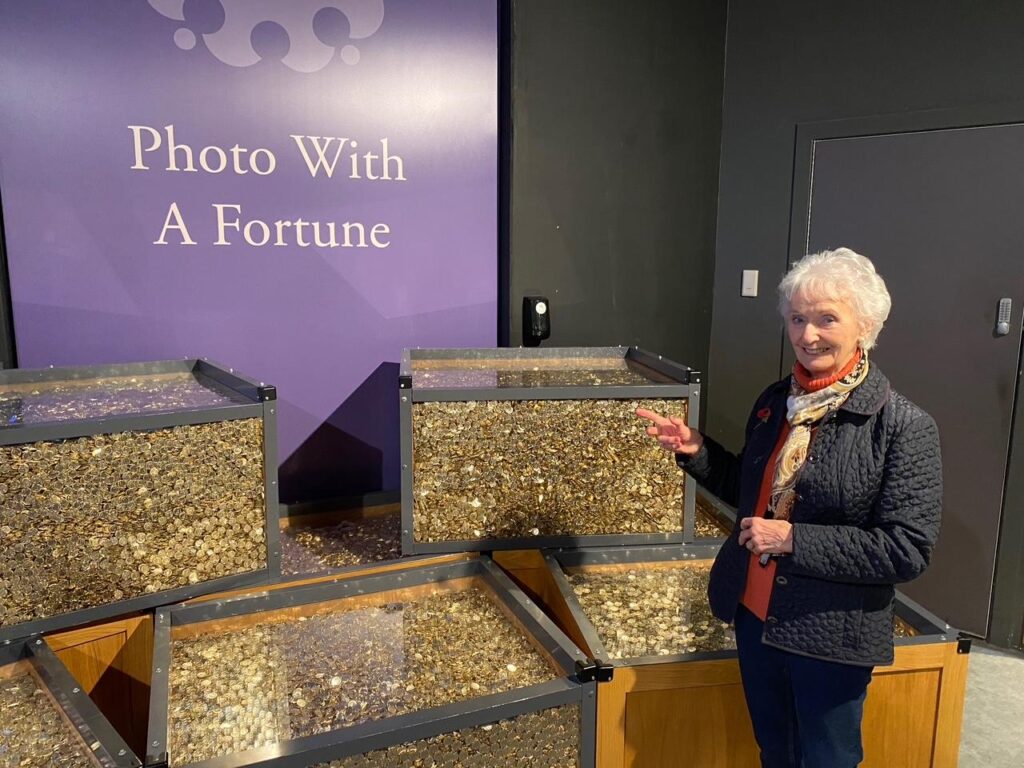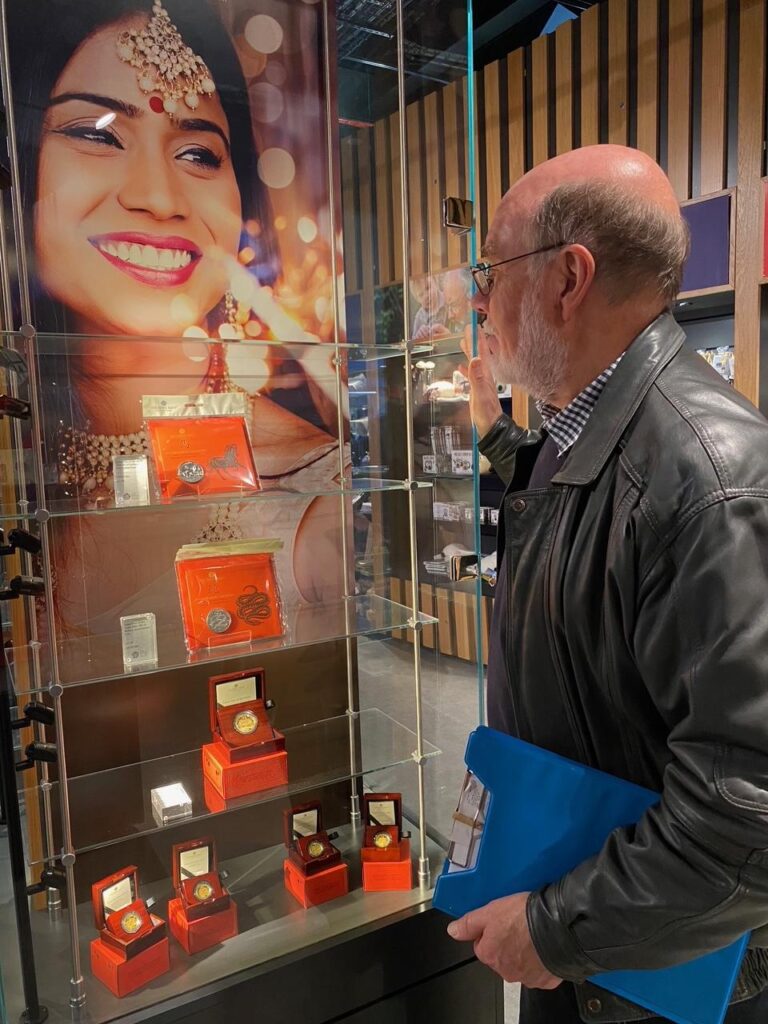As the Royal Mint is an indoor venue, we made the boat trip our Summer Outing and saved the Royal Mint for an Autumn Adventure, so any autumnal weather could not spoil our day. And so it was that over 40 of us found ourselves on a coach, making its way from Warminster to Llantrisant in South Wales to see where the coins in our pocket are made.



On arrival, after a very brief introduction to the Mint there was time for a quick cup of tea in the cafeteria before we set off on our 60-minute guided tour. Our guide explained that as well as producing every coin in circulation in the UK, the Mint produces medals for military and civil honours (including the medals used for the UK Olympic and Paralympic Games)
Our guide explained the manufacturing process, starting with stamping out plain “blanks” from long strips of the required metal alloy, then milling the edges and adding any edge inscription (e.g. as on £2 coins). The final stage is then stamping the appropriate detailing on the head and tail face (or, rather, on the “obverse” and “reverse”, to use the official term used at the Mint!). The weight, diameter and thickness of
the coins are checked automatically and a sample from each batch is inspected “by eye”.


We also learnt about the history of coin manufacture in the UK. Edward the First established a Mint in the tower of London in 1279 to centralise control of coinage manufacture in place of the many small local mints previously scattered around the country. Over the centuries the scale of the operation grew and by 1810, with the need for coins for the colonies and for rapidly-expanding global trade, it became necessary to move to a new purpose-built facility with the latest steam-powered machinery on Tower Hill, a few hundred yards outside the walls of the Tower of London. Finally, in preparation for the change to decimal currency in 1971, a new Royal Mint was built at Llantrisant to produce the new denominations, sizes and shapes that would be needed for the decimal coins, and production at Tower Hill ceased entirely in 1975.
After our guided tour we had time to browse the extensive exhibition about the history of the mint and about all aspects of coins in our daily life and in popular culture, and an opportunity to explore the gift shop before returning to Warminster.